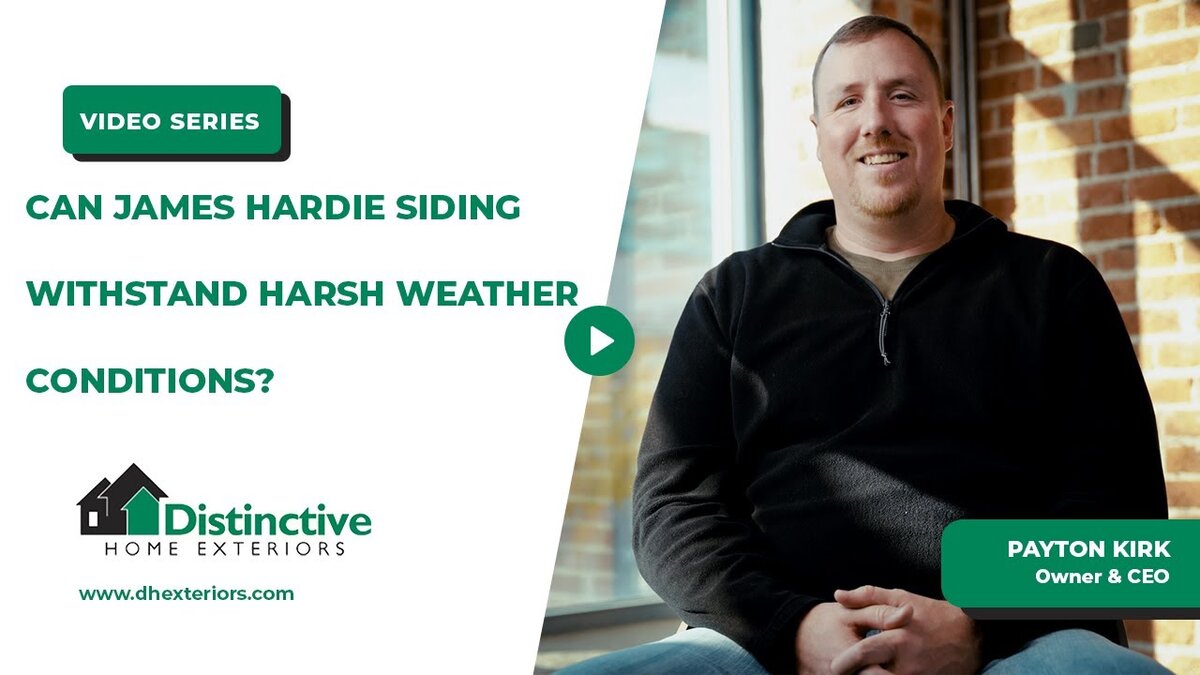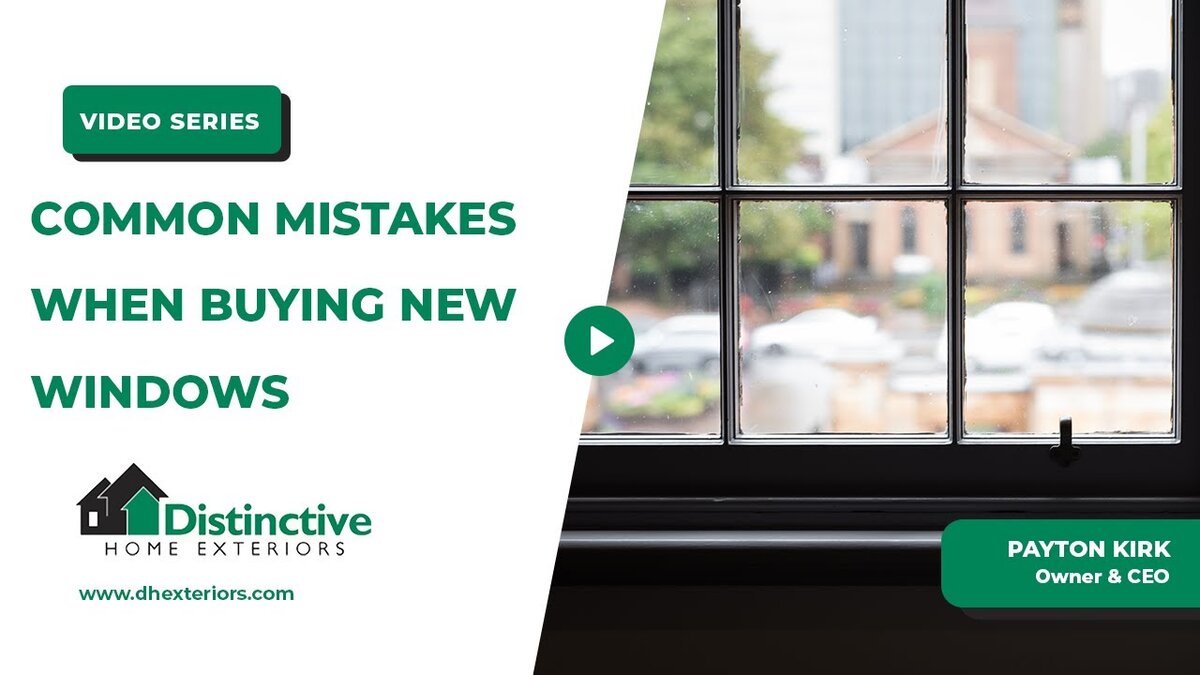When it comes to the exterior of our homes, siding plays a crucial role in protecting our property from the elements. However, over time, we may notice issues with our siding, such as warping, buckling, and cracking. Siding warping can be a cause for concern, but understanding the reasons behind it can help us address the problem effectively. In this article, we will explore the common causes of siding warping and how to deal with them.
Siding Defects
Siding warping can often be attributed to defects in the siding material itself. Whether you have wood-based siding or vinyl siding, defects can manifest in various ways, leading to not only warping but also buckling and cracking.
Wood-based siding, for instance, may experience warping due to excessive expansion and contraction. This can cause the siding to lose its original shape, resulting in unsightly distortions. In some cases, though, the siding may not be the sole culprit behind the problems you’re facing.
Walls Settling
Sometimes, what appears to be siding warping, buckling, or cracking is actually a result of the walls settling or the foundation shifting. If the studs within your walls aren’t perfectly square, or if the foundation has moved significantly, it can push the siding out of alignment, creating the illusion of warping and contributing to buckling and cracking as well.
In places like Kansas City, where building practices often involve using 7/16 OSB siding directly on studs, settling issues can become more apparent over time. Factors like what’s beneath the home and the type of foundation can influence how your wall looks from the outside, leading to a combination of siding problems.
Vinyl Siding
Vinyl siding, while durable, is not immune to warping, buckling, and cracking. One significant factor that can affect vinyl siding is heat. Dark-colored vinyl siding, in particular, can absorb a significant amount of heat, leading to warping and distortion. This not only causes warping but also exacerbates the chances of buckling and cracking.
It’s crucial to note that attempting to paint over vinyl siding is not a recommended solution. Painting traps heat, preventing the siding from breathing and causing it to look unsightly in a short period. In such cases, it’s better to consider replacing the vinyl siding altogether.
Understanding Your Home
When dealing with siding issues, it’s essential to consider when your home was built and what materials were used. If you’ve lived in your home for a while, you may have a good idea of its structural integrity. Understanding the shape of your walls and the location of studs can also help diagnose the issue accurately.
Look for signs of larger problems, such as cracking in the drywall or where the wall meets the ceiling inside your home. These indicators may suggest more significant issues with your foundation or wall integrity that need to be addressed alongside the siding problems.
Conclusion
Siding warping, buckling, and cracking can result from defects in the siding material itself, such as wood-based or vinyl siding, or they may be caused by settling walls and shifting foundations. To address these issues effectively, it’s crucial to identify the root cause accurately, as they often occur together.
If you’re unsure or suspect a more significant issue, don’t hesitate to contact us for professional assistance in resolving your siding problems. Protecting the exterior of your home is essential for its long-term durability and curb appeal, so addressing siding warping, buckling, and cracking promptly is a wise investment in your property’s future.





